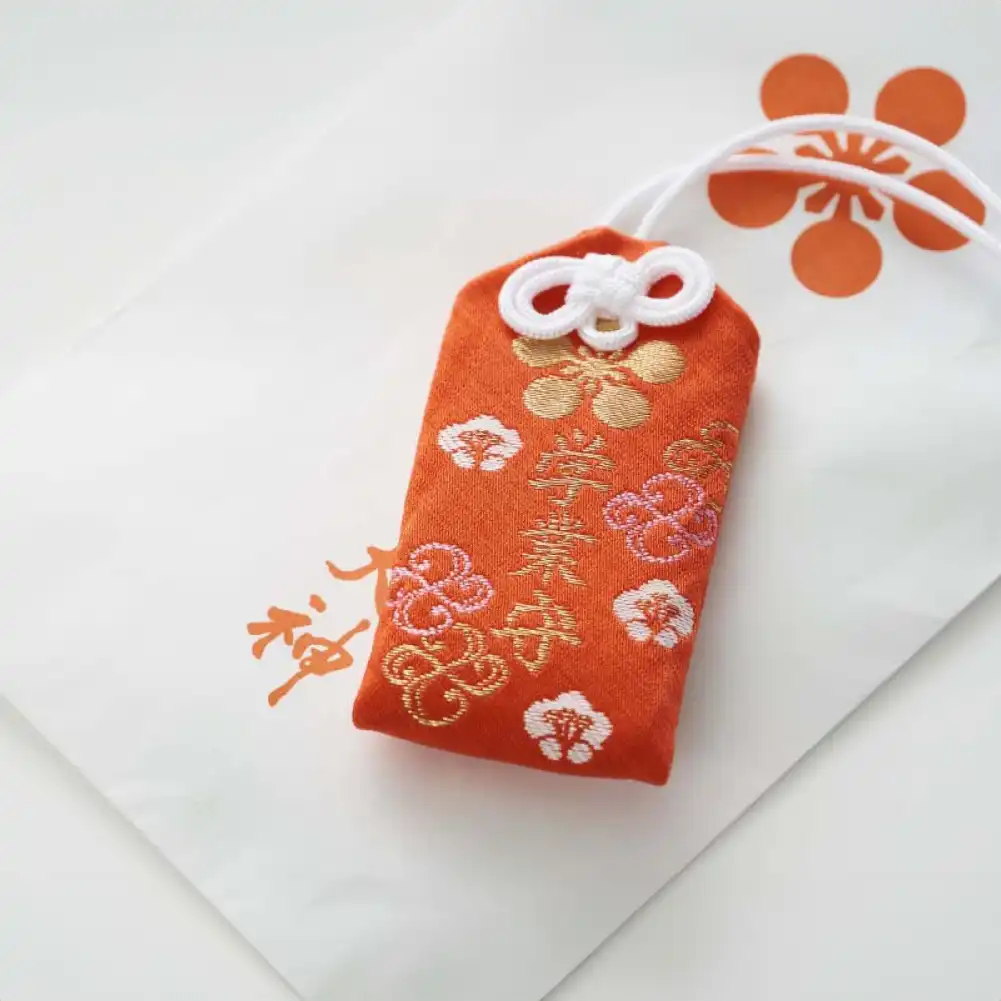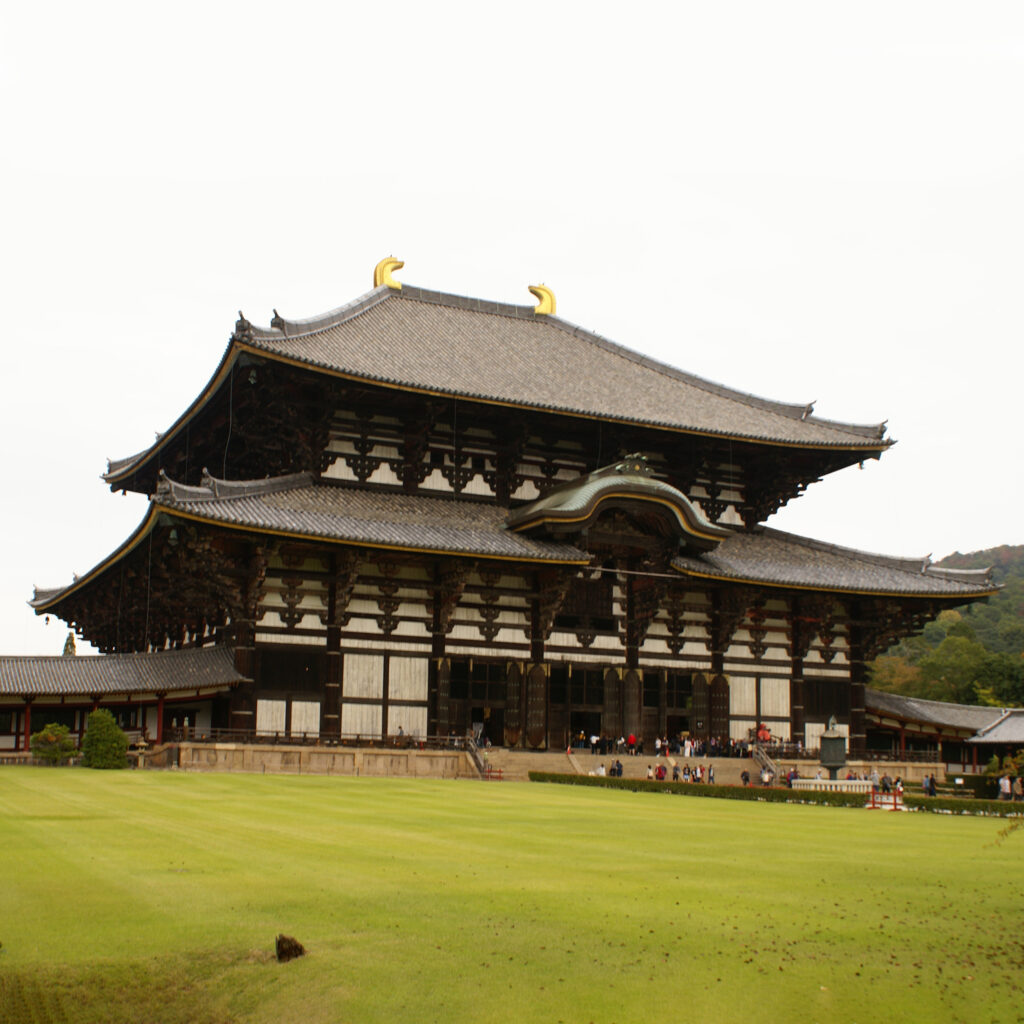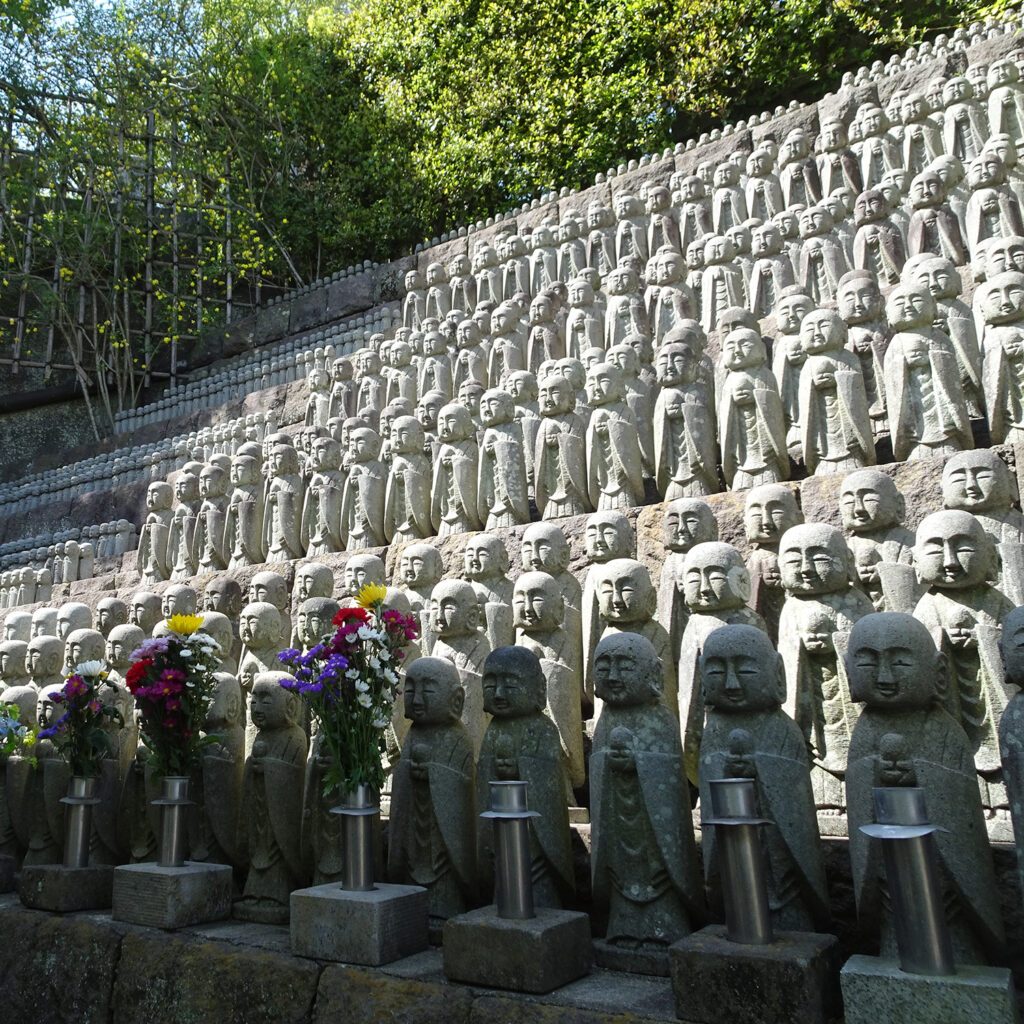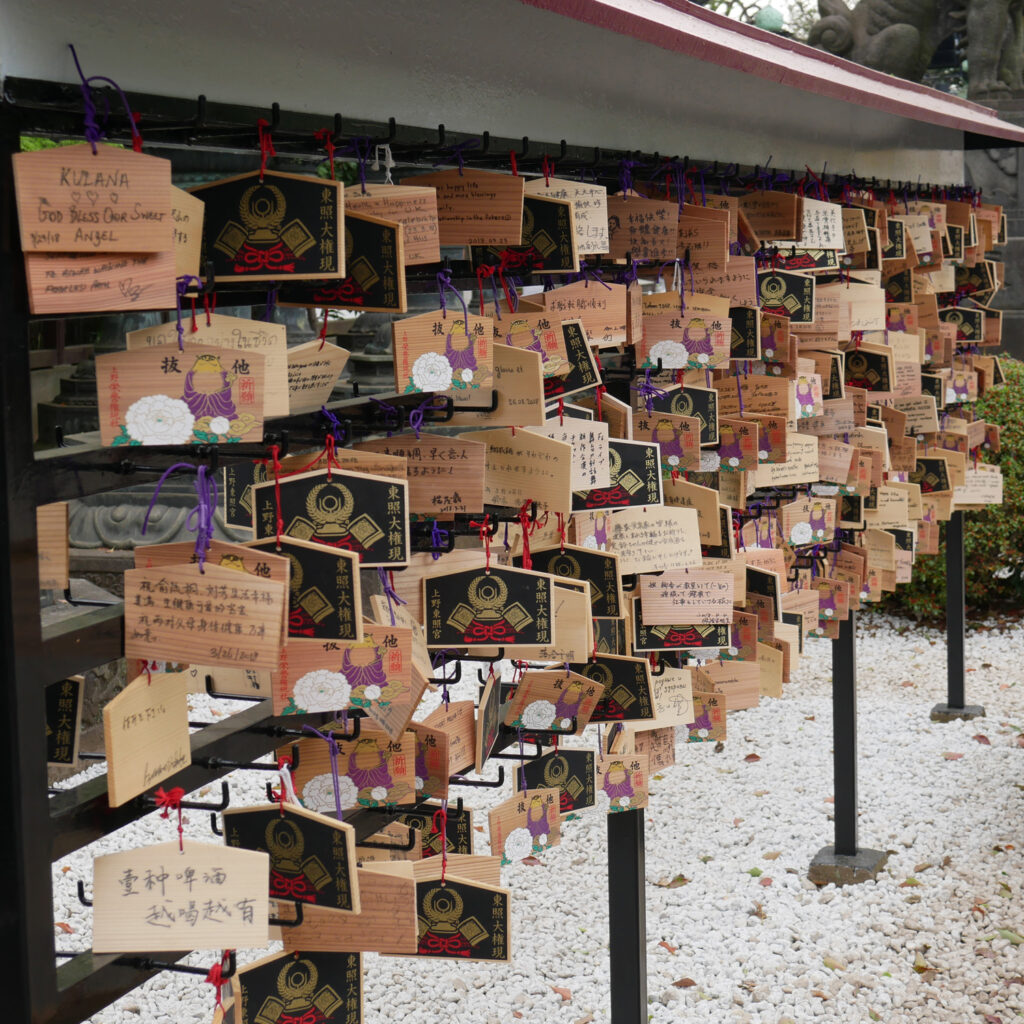At the heart of Japanese culture, among its many centuries-old traditions, is an object that embodies spirituality, protection and faith: the Omamori. These small amulets are often richly decorated and colorful. They have become essential symbols of daily life in Japan. But their meaning and history go back centuries.
The Omamori: Origin and Meaning
The Omamori have their roots in the Shinto and Buddhist religions. These are two spiritual pillars that have coexisted harmoniously in Japan for centuries. The word “Omamori” itself derives from the Japanese verb “mamoru”, which means “to protect”. Thus, these charming talismans are designed with the aim of providing protection and luck to their wearer.
Their use dates back to the 8th century, during the Heian period. During this time, the first Shinto and Buddhist temples distributed them as sacred souvenirs for pilgrims and visitors. Since then, they have become objects of popular devotion. They are purchased at shrines and temples throughout Japan.
Manufacture and Types
Making Omamori is a meticulous and sacred process. Generally, monks or priests make them themselves in temples. Ingredients vary depending on the type of Omamori, but they often include traditional Japanese fabrics. Such as silk or cotton, as well as threads of various symbolic colors.
There are a multitude of types of Omamori, each intended for specific protection or blessing. Among the most common, we find those which protect against traffic accidents, those which promote success in exams, or those which ensure a healthy pregnancy. Some are also designed to attract love, prosperity or professional success.
Usage and Beliefs
The use of Omamori is anchored in the daily life of the Japanese. Traditionally, they are worn attached to the handbag, belt, or car. Or any other place where one desires their protective influence. Some Japanese also keep them in their home or office to benefit from their constant protection.
A common belief is that Omamori must be renewed every year, usually around the Japanese New Year. This is done by returning them to the temple where they are acquired. They are then burned in a special ceremony to release their spiritual energy and bless them again for the year to come.
The Omamori and Their Cultural Influence
Beyond their religious aspect, the Omamori also have a significant influence on Japanese popular culture. Their colorful aesthetic and traditional motifs are often used in art, fashion and even merchandise. They then become prized collector’s items both in Japan and abroad.
Additionally, Omamori are often featured as prized souvenirs for tourists visiting Japan. They symbolize both the richness of Japanese culture and the desire for protection when traveling.
Conclusion
Omamori are not just amulets. But living symbols of Japan’s deep spirituality and rich tradition. Their presence in the daily lives of the Japanese testifies to their faith, their desire for protection and their attachment to an ancestral culture. As sacred guardians, they continue to inspire and fascinate those who wear them. They are thus perpetuating a centuries-old tradition.





